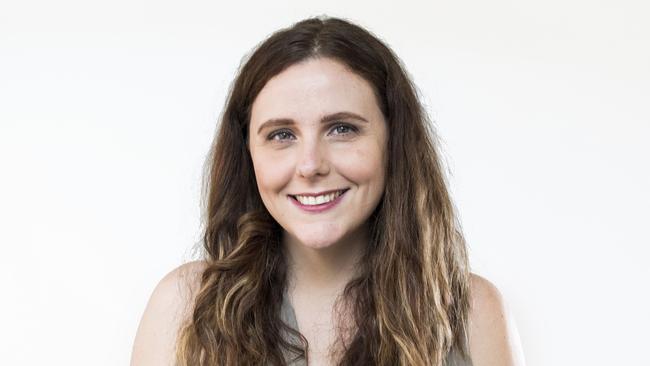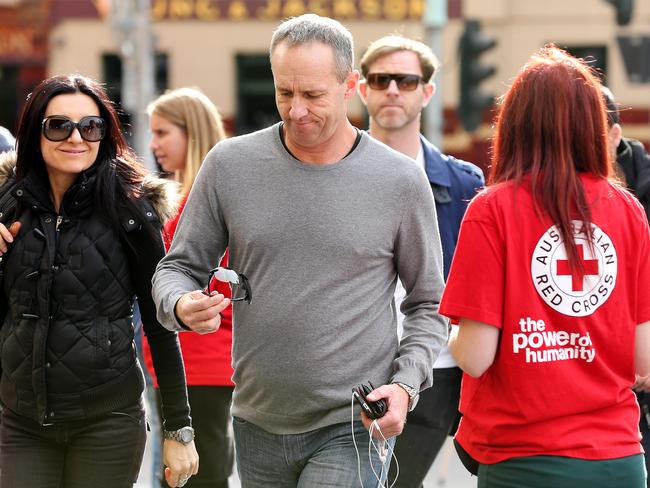If you want to make an impact, work for the best
Say goodbye to hefty overheads and uncommercial thinking. A new breed of charities is disrupting the way Australians make a difference — for the better.

NSW
Don't miss out on the headlines from NSW. Followed categories will be added to My News.
When neurosurgeon Professor Charlie Teo walked away from the brain charity he founded, citing 65 per cent spending on overheads it made national headlines.
While many hailed the move as long overdue accountability for the sector, there’s a dark side to this stance, and it’s holding back the not-for-profit sector in Australia.
While a recently released charities report ranks Australia as the 6th most generous nation in the world, it also showed unequivocally that there has been a fundamental shift in the sector.
“The Australian Charities Report 2016 found that nearly half of all charity revenue in 2016 was generated through membership fees, user-pays services and other income sources,” says Acting ACNC Commissioner Murray Baird.
“By not relying on one income source, charities have ensured they can deliver services to the community in a more sustainable and robust manner.”

When we’re talking about a sector with a revenue of $142.82 billion, and only seven per cent of that coming from donations, perhaps the question we should be asking is not where our charity dollars are going, but how can we encourage more causes to be self-sustaining.
A focus on donated funds puts the not-for-profit sector into a race towards zero, suggests investor and Business Leaderz Group director Richard Bell.
“These organisations are not being taught how to run a for profit business,” he says. “While relying on donations and people giving might have been good 50 years ago, we’re part of a global economy now.
“People are looking for different ways to give, and are looking to make conscious buying decisions.”
While social enterprises with a product-for-good model, like Thankyou and Who Gives a Crap?, are rising in popularity, and increasingly, in impact, many traditional charities are struggling amid funding cuts and shifting corporate priorities.
Some causes embrace the contradictions. Debbie Childs, CEO of mental health not-for-profit Helping Minds, says she’s noticed a growth in entrepreneurial spirit.
“We need to do marketing, we need training, we need quality IT infrastructure and the right people who can work through the whole process,” she says.
While the sector has notoriously low wages, Childs says it’s also full of passionate people, and ultimately, it’s a balancing act.
“It is about having a commercial mind and a social heart,” she says.

Last week, national animal welfare organisation Pet Rescue came under fire on their social media, after celebrating raising $25,000 on a commercial funding campaign for critical website redevelopments.
Social media commenters claimed the charity should be ashamed of their actions and should give the funds to rescue groups.
Pet Rescue’s response was swift and powerful.
“We are fundraising to create a secure, online platform that will allow every rescue group to use their individual pet profile listings as a way of attracting direct donations for vital vet work,” the response read.
“We want to build a long-term, and most importantly, sustainable source of funding, that will give more financial support to every single rescue group member, regardless of their size or whether or not they have their own website.
“We’re not fundraising to create a slush fund for pet desexing but if we were there would be less than $52 donated to each rescue group. That doesn’t add a lot of value, and isn’t sustainable either.”

The Australian Charities Report shows that 67 per cent of not-for-profits have less than $250,000 in annual revenue, and sustainability is a key focus for most Australian causes.
While causes absolutely have to control their costs, Richard Bell adds they also must invest in their future.
“Like any business, without reinvestment in cost base it’s rare to have an increase in market share, increase in impact, increase in activity,” he explains.
“It shouldn’t be a question of how much is being spent on overheads but what impact is being made.”
With charities in Australia spending $137.1 billion pursuing their charitable purpose in 2016, and social enterprises growing in both number and size — there seems little doubt that big impact is on the cards for Australian causes in 2018.
I just hope Australian donors, and shoppers, begin to ask the charities the right kinds of questions.
Alecia Hancock is the director of not-for-profit and social media educators Hancock Creative and winner of Telstra Micro Business of the Year in WA.
Originally published as If you want to make an impact, work for the best


